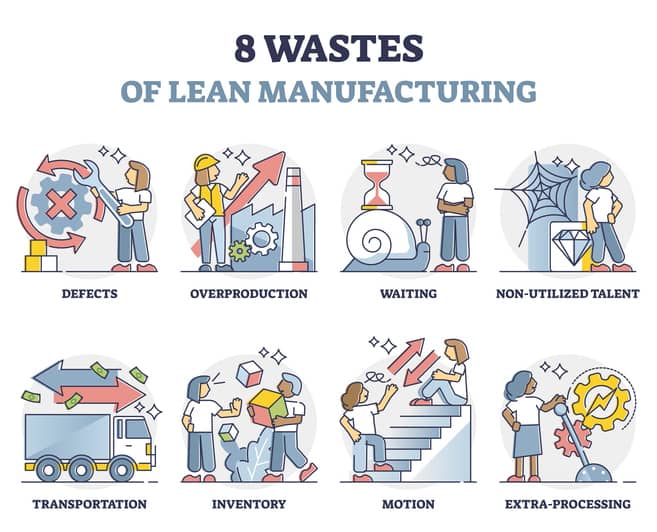Banks, like most American institutions, are in the business of making money. But they’re a little different than most institutions, because they earn cash by… dealing in cash.
Money isn’t the bottom line to banks. It’s the inventory. It’s the product. And it’s more important than anything.
Banks have to respect money. And that means they have to respect process improvement, because having redundant or inefficient processes is, ironically, one of the most efficient ways to throw money away.
That’s why so many banks have turned to Six Sigma to streamline the way they do business.
But what does that look like?
It turns out, there’s a lot of ways to waste money inside a bank.
A bank is so process-driven… so systems-dependent… that when one little thing goes wrong, it can cost an institution an awful lot of money.
Think about your average bank.
Employees at all levels – from individual branches to the corporate office – are probably working on legacy software from a decade ago (or longer). How much time is wasted on computer crashes, slow applications or inefficient computer setups?
What about the completion and transfer of documentation? Have you ever stood in line at a bank, hoping to process an application, only to find out that something was written incorrectly, and the whole document had to be scrapped? That’s not just a waste of your time. And once that application is processed, it enters a complex system of checks, approvals, transfers and more – until it finds the right person, in the right office, at the right time of day, who can complete the processing.
Think about mailing new checks. Or supervisor approvals. Or opening new accounts. Or calling members to close old accounts. Or debt collection. Seriously. There are hundreds of examples.
Banks are complicated. There are thousands of processes at work, and it’s likely that all of these processes can be improved – even slightly.
Bank of America’s Six Sigma Success Story
Way back in 2001, Bank of America adopted Six Sigma to improve and streamline their organizational processes.
Which processes, specifically? Pretty much all of them.
- They reduced the cost of relocating new hires by $1.3 million
- They improved credit card sales by $3.6 million
- They saved $6.6 million by reducing ID theft
- They pocketed almost $1 million by completing their federal tax returns in a more efficient way
- And, get this, they saved a huge amount of money by reducing bank robberies by almost 70%
A few years after undertaking this process improvement initiative, the organization named Barbara Desoer as Global Technology, Service, and Fulfillment Executive. Her top priority? Listen closely to the voice of the customers and build efficiency to satisfy their expectations.
Under her leadership, the bank’s IT staffers went to work improving the efficiency of the organization’s technology. They made it easier for customers to open online accounts. They streamlined the processes required to acquire other financial institutions (like merging credit card portfolios).
And, with Lean Six Sigma principles, they helped define what it means to be a bank in 21st century America.



